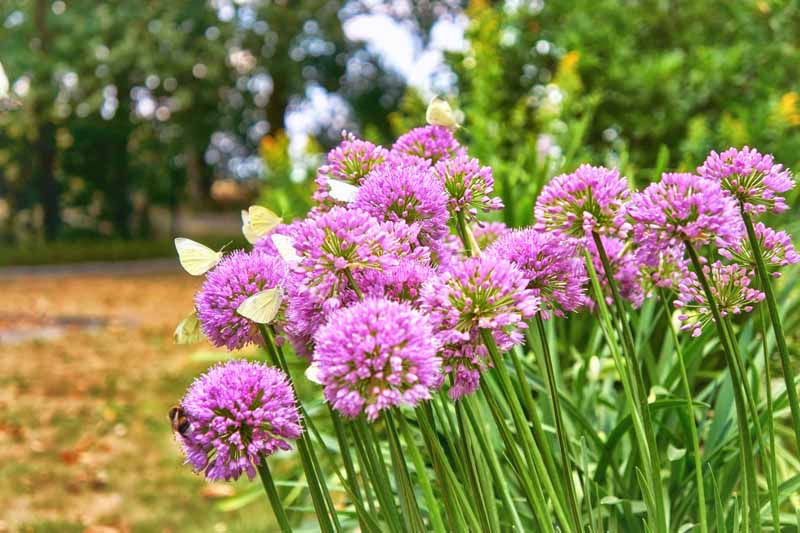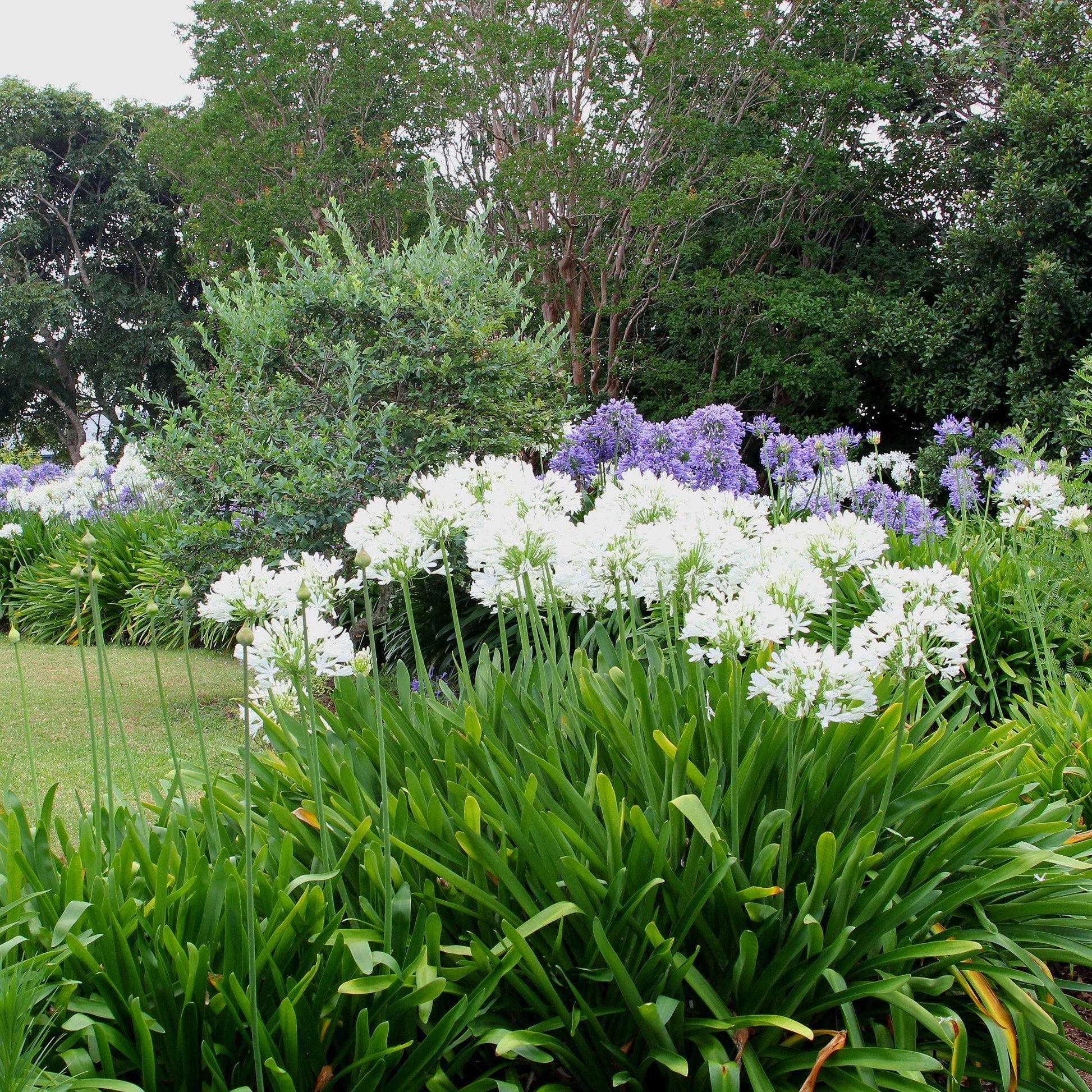Unleashing the Secret to Successful Agapanthus Cultivation: Advice for a Flourishing Yard
In the world of horticulture, cultivating agapanthus effectively needs a strategic technique that incorporates numerous elements of plant treatment. With careful attention to detail, one can unlock the secrets to nurturing these sensational flowers, bring about a yard that thrives with charm and vibrancy. By comprehending the subtleties of agapanthus growing, one can produce an atmosphere where these plants flourish and flower generously. In the adhering to conversation, we will certainly check out necessary pointers and tricks that will direct you towards a thriving agapanthus garden, offering insights right into ideal practices, dirt problems, watering techniques, and much more.
Planting Agapanthus: Best Practices
When growing Agapanthus, appropriate soil preparation is important for making sure successful growth and development of these beautiful blossoms. Agapanthus, commonly referred to as Lily of the Nile or African lily, flourishes in well-draining soil with a slightly acidic to neutral pH level - Agapanthus. Before planting, it is essential to modify hefty clay soils with natural matter such as garden compost or peat moss to enhance drainage and give vital nutrients for the plants
To plant Agapanthus, select a location that obtains complete sunshine to partial shade, as this will certainly promote healthy and balanced growth and bountiful flowering. Dig a hole twice the diameter of the plant's origin sphere and position the Agapanthus at the same deepness it was previously growing. Delicately backfill the opening with soil, pushing down firmly to get rid of any air pockets around the roots.
Water the freshly grown Agapanthus completely and remain to keep the dirt equally moist, especially throughout the plant's active expanding season. Agapanthus. Applying a well balanced plant food once a month can even more sustain the plant's development and flowering. By complying with these ideal practices for growing Agapanthus, you can produce a spectacular display of these fascinating flowers in your yard
Suitable Dirt Issues for Agapanthus
For optimum growth and flowering success of Agapanthus plants, making certain the soil problems are suitable is essential. Agapanthus prospers in well-draining dirt with a somewhat acidic to neutral pH degree ranging from 6.0 to 7.0. This sort of dirt permits appropriate water drain, stopping waterlogging which can cause root rot. To improve soil drain, think about including natural issue such as compost or peat moss when preparing the planting site. Furthermore, Agapanthus likes dirt that is abundant in nutrients, so integrating a well balanced plant food throughout the expanding period can advertise healthy and balanced development and lively blooms.

Watering and Fertilizing Tips
To make certain healthy development and vivid blooms, appropriate watering and feeding techniques are vital for effective Agapanthus growing. Agapanthus plants profit from regular watering, specifically during the expanding season.
When it involves feeding Agapanthus, a well balanced fertilizer with equal components nitrogen, phosphorus, and potassium can be used in the springtime to promote healthy development and blooming. Slow-release plant foods are excellent for giving nutrients progressively over an extensive duration. Prevent over-fertilizing, as this can result in excessive vegetation development at the cost of blossoms.
Additionally, including natural matter like compost right into the dirt can enhance nutrient degrees and enhance soil framework, aiding in the overall health and wellness of the Agapanthus plants. By complying with these watering and feeding suggestions, gardeners can guarantee their Agapanthus plants prosper and create spectacular displays of blossoms.
Pruning and Deadheading Strategies
Appropriate pruning and deadheading strategies play a critical duty in preserving the health and aesthetic appeals of Agapanthus plants, complementing the crucial methods of watering and fertilizing for effective cultivation. Trimming Agapanthus entails eliminating invested flower heads, dead or yellowing leaves, and total shaping of the plant to promote better development. Deadheading, the process of getting rid of faded blossoms, not just boosts the plant's appearance however also motivates more blooming.
When deadheading Agapanthus, it is a good idea to trim off the blossom stem at the base making use of sharp, tidy shears. This process redirects the plant's power from seed production back into origin and foliage development, advertising a healthier and extra robust plant. Routine deadheading can expand the blooming duration of Agapanthus and prevent self-seeding, which can cause overcrowding.
In terms of pruning, Agapanthus important link usually benefits from a light trim after blossoming to clean up the plant and urge fresh development. Cutting back the spent flower stems and removing any damaged or dead foliage helps keep the plant's vigor and total look. However, it is necessary to prevent reducing right into the crown of the plant, as this can deteriorate its wellness.

Protecting Agapanthus From Vermins and Diseases
Applying efficient pest and illness management methods these details is important to safeguarding the health and wellness and vigor of Agapanthus plants in growing. One usual bug that affects Agapanthus is the Agapanthus borer, a caterpillar that tunnels right into the plant, triggering damages to the leaves and blossoms.
In enhancement to insects, Agapanthus are susceptible to conditions such as root rot and fungal fallen leave places. These issues can frequently be avoided by making certain appropriate water drainage and preventing overwatering. Impacted components of the plant need to be quickly eliminated to protect against further spread if signs of illness show up. Fungicides may likewise be utilized as a therapy action, following the producer's directions meticulously. By staying vigilant and dealing with bug and condition concerns without delay, garden enthusiasts can help their Agapanthus flourish and flourish.

Conclusion
In verdict, successful cultivation of agapanthus requires appropriate growing methods, ideal dirt conditions, sufficient watering and feeding, routine pruning and deadheading, and defense from insects and conditions. By following these methods and suggestions, garden enthusiasts can ensure a growing yard loaded with lovely agapanthus blooms. Agapanthus. Keep in mind to preserve regular care and attention to information to advertise the health and durability of these magnificent plants
When planting Agapanthus, proper dirt prep work is essential for guaranteeing effective growth and advancement of these lovely blossoms.Water the newly planted Agapanthus thoroughly and continue to maintain the dirt evenly wet, specifically throughout the plant's energetic growing season.For ideal development and growing success of Agapanthus plants, making certain the soil conditions are optimal is critical. When growing or transplanting Agapanthus, ensure the soil is well-prepared to offer the needed structure for the plants to develop themselves effectively. One typical bug that influences Agapanthus is the Agapanthus borer, a caterpillar that passages right into the plant, causing damage to the flowers and fallen leaves.